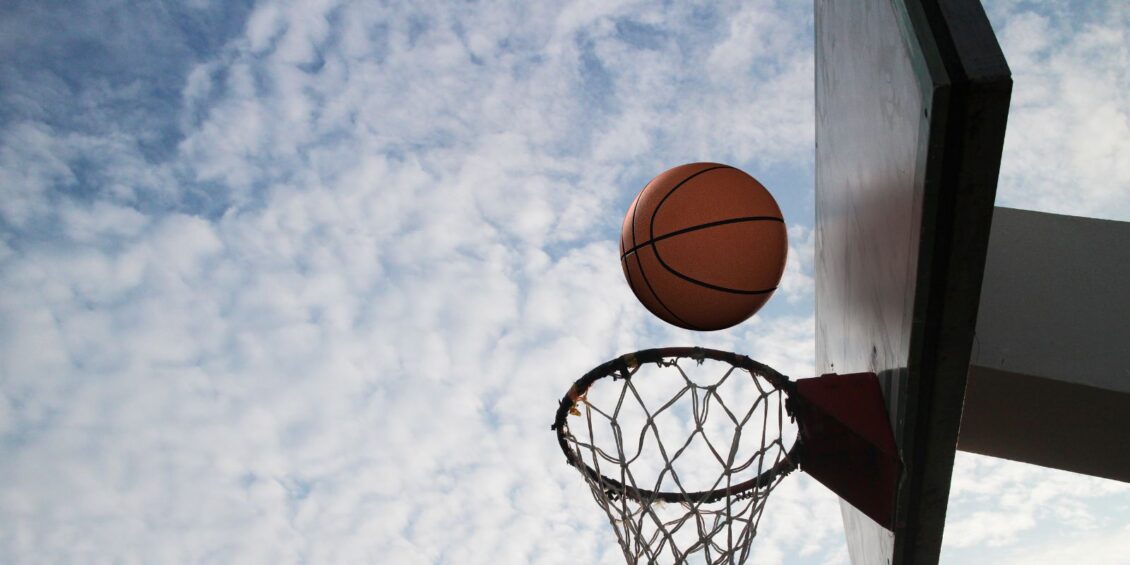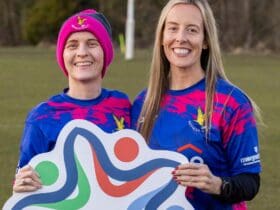In the 85 years since the very first NCAA Division 1 men’s basketball tournament was held back in 1939 it’s grown and grown. To begin, just eight teams competed. Today there are 68.
It’s also grown from being a varsity event to one which captures the attention of the nation. Some want to bet on March Madness, other are content to just enjoy the action.
It’s also a tournament famous for its culture and rituals. For example, it always concludes with the eventual winners cutting down the nets from the baskets while the Luther Vandross classic One Shining Moment is performed to the jubilant team and their equally excited fans.
But another element of the tournament that has continued to surprise over the years is its capacity to throw up surprise results that are completely at odds with March Madness odds.
Much of this has to do with the way in which, in the first round, the highly-seeded teams meet ones who are only competing because they’ve been chosen by the NCAA selection committee.
Here are five prime examples from recent times that prove that favorites don’t always come first.
Santa Clara (15th seed) beats Arizona (2nd seed) 64-61, 1993
A certain player called Steve Nash made a cameo appearance in this game against the hotly-tipped Arizona. It was a decent game for him, if not a great one, with 10 points, seven rebounds and four assists. But the reals star of the show for Santa Clara was Pete Eisenreich who scored 18 points. It wasn’t all plain sailing for the team to overcome Arizona. After all, they had no less than six future NBA players on the team, but overcome them they did, ensuring a first-round exit in Salt Lake City.
Florida Gulf Coast (15th seed) beats Arizona (2nd seed) 78-68, 2013
They may have been 15th seed but Florida Gulf Coast came into the game with a fairly solid reputation. At this point in the season they had a 26-11 record as well as Bernard Thompson and Sherwood Brown on the team. But it still seemed very much like they were underpowered to take on the mighty Georgetown, especially with future NBA star Otto Porter in their ranks. But Thompson and Brown both managed to score over 20 points in the win, seeing off their rivals by a fairly comfortable margin. Florida then went on to beat seventh-seeded San Diego State, earning the reputation of being one of the most entertaining teams of the tournament, as well as the nickname Dunk City.
UMBC (16th seed) beats Virginia (1st seed) 74-54, 2018
The truly remarkable aspect of this encounter, and one which completely defied March Madness odds was the scoreline. A losing margin of 20 points is big for evenly-matched teams. For giant-killers it’s huge. But this wasn’t a game in which UMBC were completely dominant from the get-go. In fact at half time the scores were equal at 21 apiece. But given the difference in class and track record maybe this was the warning sign that a major upset was on the cards. Whatever was happening, the underdogs launched themselves off the blocks into the second half. By the end they’d scored 53 more points, just one less than Virginia managed all game. It was also history making for sorry Virginia who became the first ever number one seed to fall to such lowly opponents – a real turn-up for college basketball lines.
St Peter’s (15th seed) beats Kentucky (2nd seed) 85-79, 2018
The fact that this was a 15th seed beating a 2nd seed was not half as surprising as who the victors were. St. Peter’s is a private school in New Jersey boasting a mere 3,500 students compared with the eight-time champions Kentucky with 30,000. So a true giant killing in every sense of the phrase. Guards Daryl Banks Jr and Doug Edert scored over half of the points for St Peter’s, a career best for the former and the fourth time Edert had scored 20 points in a game. It was also an overtime thriller which saw the underdogs pull ahead decisively in the first ever March Madness win for St. Peter’s. A sorry Kentucky did, however, make it through to the Elite Eight in 2019.
Farleigh Dickinson (16th seed) beats Purdue (1st seed) 63-58, 2023
It took a long time for a number 16 seed to beat a number 1. But just five years after UMBC managed it, Farleigh Dickinson followed suit. They may have been the shortest team on average, but this was a victory that let them walk tall. Even coach Tobin Anderson admitted that Purdue would win 99 times out of 100. Luckily, this was the one when they didn’t.
So here’s hoping for a few more upsets in the 2024 March Madness. Unless, of course, it’s your team that’s on the receiving end of one.









Leave a Reply
View Comments